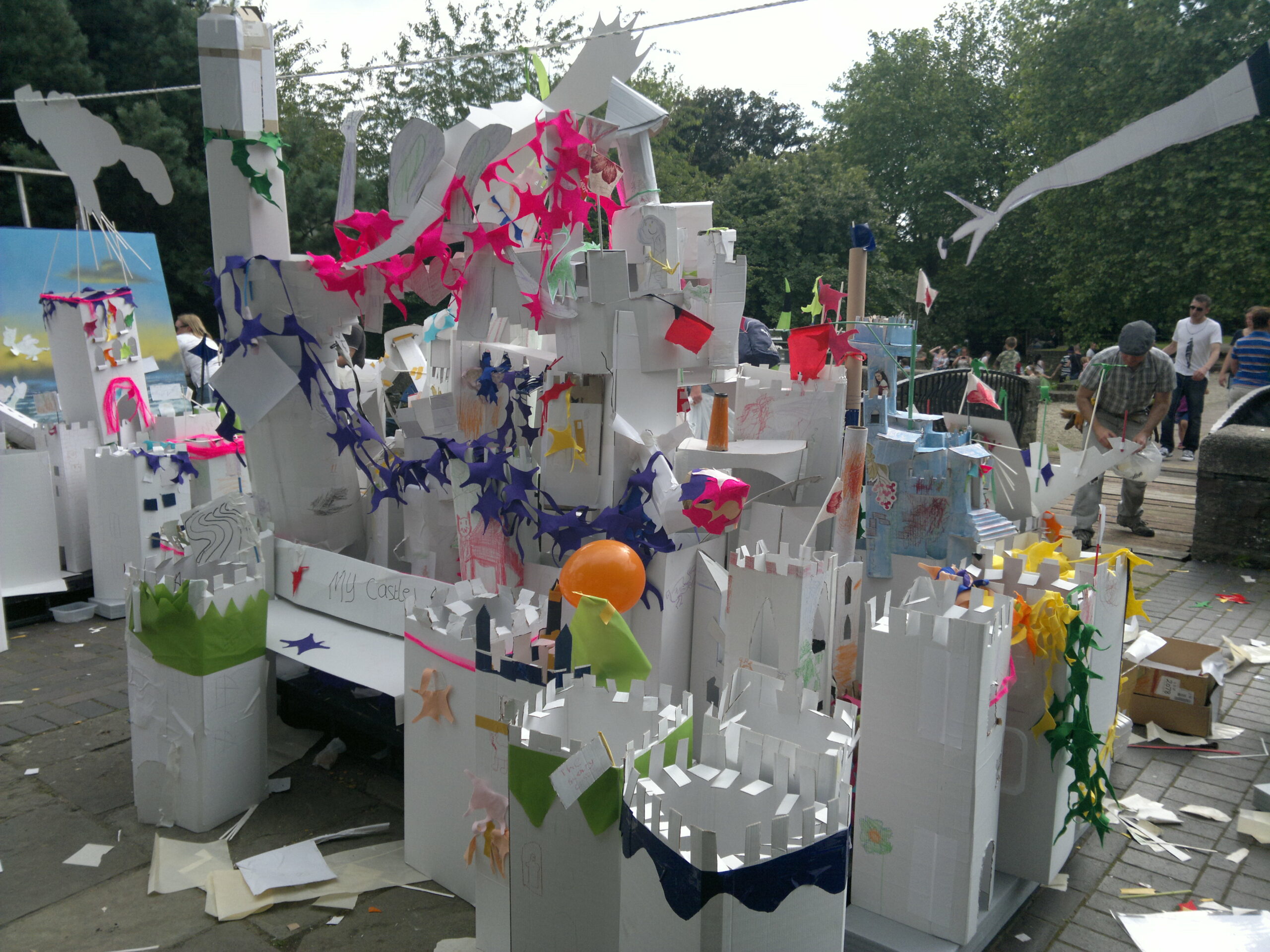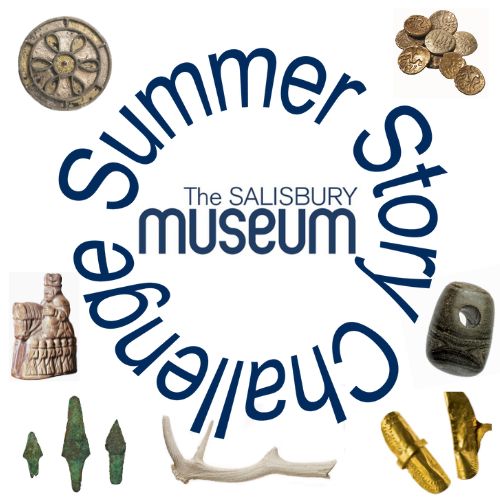South Lodge Urn
General Pitt-Rivers excavated South Lodge Camp, an enclosed settlement situated on Cranborne Chase in 1893. A group of barrows nearby at Barrow Pleck inspired him to investigate the site to prove the settlement was of a similar date.
Pitt-Rivers revealed a number of these enclosures around the Chase and used a vast array of recording techniques to document the excavations. He also used innovative methods to show future generations where evidence was found. In the barrows Pitt-Rivers inserted concrete plinths to mark the position of the cremations. He also placed modern finds in the mounds to mark where he had been, such as a replica vase and medals.
South Lodge was regarded as one of the best excavated examples of a Bronze Age settlement site. It was consequently re-excavated between 1977–1981 by John Barrett, Richard Bradley and Martin Green.
The re-examination showed it was a dwelling site with two roundhouses. A trough shaped pit next to a mound of flints was used for boiling meat (a burnt mound). Other hollows that Pitt-Rivers thought were natural were man-made and used for storing grain.
This large barrel shaped pottery urn was found in the ditch of South Lodge camp. It was restored after excavation


